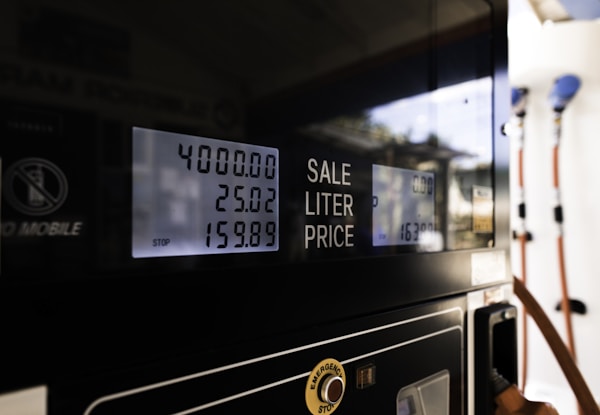If you don’t have access to a garage or carport, storing your vehicle during winter can be a challenge. Here are a few tips to help you keep your car in tip-top shape until spring arrives. Keep reading to learn more.
Garage Storage

A vehicle storage option for your car in the winter is a garage storage facility. Garage storage facilities store vehicles during the winter and protect cards from snow and ice. They are climate-controlled and have ample space to accommodate your car. In addition, most garage storage facilities offer security features, such as video monitoring and gated access, to keep your vehicle safe and secure. You can usually also park your RV, ATV, recreational vehicle, jet ski, trailer, and more. Your car can experience damage if it is not protected in a garage, such as damage to your car’s paint job, tires, and other parts.
Before you store your car, though, there are a few key things to keep in mind. One of the most important is cleaning the car before storage. This will help protect it from rust and corrosion. The next step is to make sure the battery is fully charged and that all the fluid levels are correct. It’s also important to disable the antilock brakes, as this can cause them to wear down over time. Once these steps have been taken, it’s essential to cover the car with a waterproof tarp or sheeting to keep moisture out. Finally, be sure to check on the vehicle periodically during winter storage to make sure everything is still in order.
Gas Tanks

Another tip for storing your car in the winter is keeping the gas tank at least half full. It’s essential to have enough fuel in an emergency, and gas can help protect your vehicle from winter weather damage. When temperatures drop below freezing, gasoline can start to gel. This means that the fuel will begin to solidify and will no longer be able to flow through your engine. If you run out of gas and then try to start your car, you may not be able to get it going. So keeping your tank at least half full will help ensure that you always have some fuel available in an emergency.
In addition, having a full gas tank can also help protect your car from winter weather damage. When temps are cold, condensation can form outside your vehicle. This water can then freeze and cause significant damage. But if you have a full tank of gas, the heat from the engine will help prevent this water from freezing.
Oil and Filter
Most people know that they need to change their car’s oil every few months, but many don’t realize that this is especially important in the winter. The cold weather can cause the oil to thicken, making it harder for the engine to run correctly. By changing the oil and filter, you can help ensure that your car will run smoothly even in the harshest conditions. Another essential thing to do to prepare your vehicle for winter is to check the tire pressure. The cold weather can cause the air in the tires to shrink, leading to decreased traction and increased wear and tear.
Make sure to inflate your tires to the recommended pressure to get the best performance possible. Additionally, you should always keep a set of winter tires in your car in case of a snowstorm. Winter tires have a higher tread depth and are designed to provide better traction in the snow. If you live in a cold climate, it’s a good idea to invest in a set of winter tires and switch them out with your regular tires when the weather starts to get cold. By following these tips, you can help ensure that your car is ready for the winter weather.
